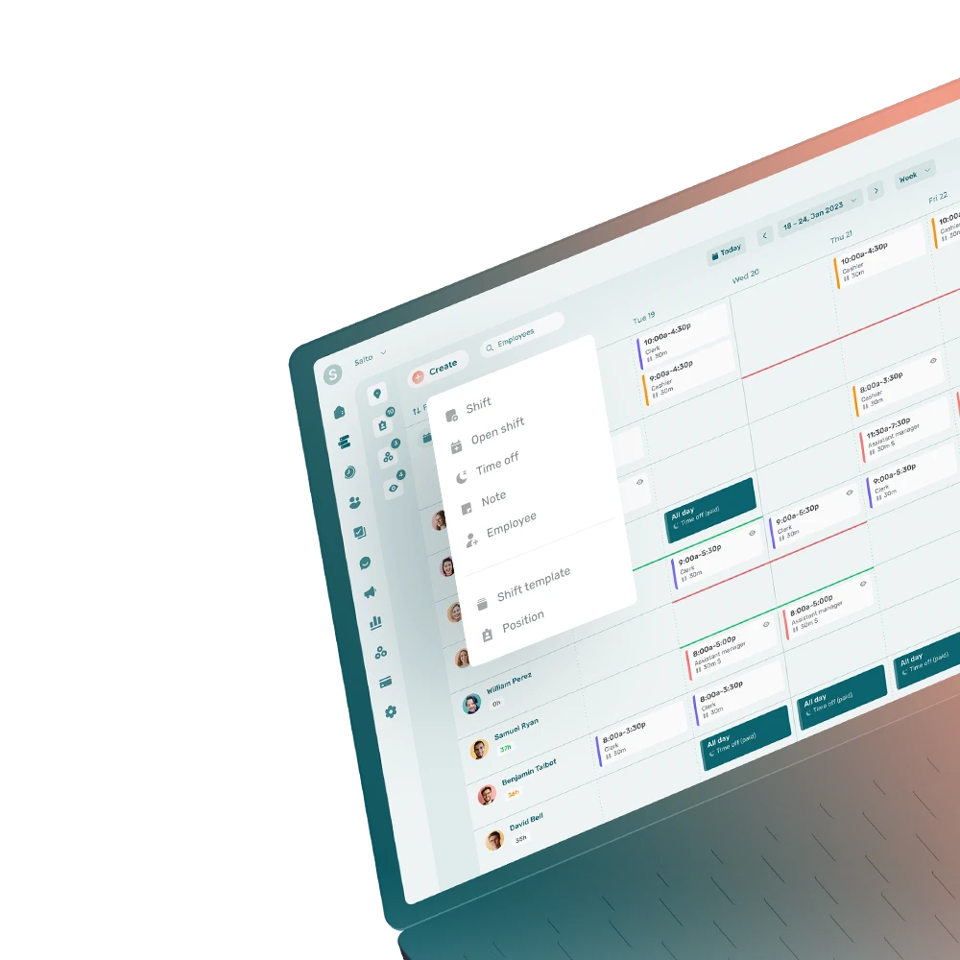Employee retention management refers to the processes and strategies put in place by a company to ensure employees won’t quit their jobs.
Why Is the Management and Measuring of Employee Retention Important?
Managing and measuring employee retention are important in order to reduce and avoid employee turnover. They can also help improve recruiting and hiring strategies, address managerial issues, and increase employee satisfaction and engagement.
HR departments can monitor and measure employee retention data in their HR software.
What Are the Benefits of Employee Retention?
The benefits of employee retention include:
- Reducing hiring and overall labor costs
- Improving recruitment strategies
- Increasing employee productivity
- Boosting employee motivation and morale
- Reducing employee turnover
- Developing better work relationships
- Improving customer experience
- Improving employee satisfaction and engagement
- Building a stronger corporate culture
- Increasing revenue
What Are Some Employee Retention Management Models?
Employee retention management models include:
- The hierarchy of needs: fulfilling the needs of the employees (psychological, safety, belongingness, esteem, and self-actualization).
- The motivation-hygiene theory: balance between motivators (recognition, meaningful work and personal growth) and hygiene factors (salary, benefits and job security) in the workplace.
- Human motivation theory: motivating employees based on what they prioritize between achievement, power, and affiliation.
- Job characteristics model: creating jobs that includes skill variety, task identity, task significance, autonomy, and feedback to increase job satisfaction.
How Do You Measure Employee Retention?
Employee retention rate can be calculated with the following formula:
Total number of employees who remained employed for an entire measurement period ÷ Number of employee at the start of the measurement period × 100
For example, at the start of a measurement period a company had 78 employees. At the end of the period, 75 of them remained employed. The employee retention rate is 96.15% (75 ÷ 78 × 100 = 96.15%).
How Can a Business Improve Employee Retention?
A business can improve employee retention using several strategies, such as:
- Improving the hiring processes
- Creating a great onboarding process for new hires
- Improving the compensation and benefits plan of employees
- Providing career development and growth opportunities
- Offering flexible work hours
- Giving employees recognition for their contributions and achievements
- Focusing on the well-being of staff
- Offering regular feedback
- Implementing rotating shift schedules
- Improving work relationships
What Is the Difference Between Talent Management and Employee Retention?
Talent management refers to the processes of attracting, onboarding, developing, motivating, and retaining high-performing employees within an organization.
Employee retention refers to retaining the workforce of a company to ensure the sustainability of the activities. It does not focus on a certain type or profile of employee.




